Collection
Date
Location
Type
120 results
Remembering 1807
In 1807 Britain legally abolished the slave trade, although it continued to participate in and profit from the institution of slavery. In 2007 the British government committed public funds to mark the bicentenary of the Slave Trade Act. The Remembering 1807 project has collected and archived material relating to the many events and activities that took place during 2007. These records help us to locate and understand the place of slavery, the slave trade and its abolition in the UK’s public history, commemorative traditions and popular memory. Background to the collection...
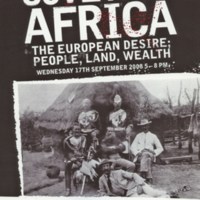
Coveting Africa. The European Desire: People, Land, Wealth
Bishop’s Stortford was the birthplace of the Victorian financier and imperialist Cecil Rhodes. To commemorate the bicentenary of the Abolition Act, Bishop's Stortford Museum and Rhodes Art Complex explored Britain’s imperial ambitions in the ‘Coveting Africa’ exhibition. The museum holds…
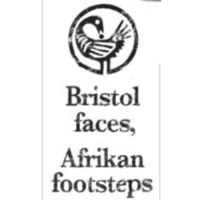
The Adisa Project: Bristol faces, Afrikan footsteps
The Adisa project gave a group of 20 young people of African and African Caribbean heritage the chance to investigate their roots both in Bristol and Africa. The group researched the history and legacies of Bristol's involvement in the trade in enslaved Africans, and its impact on one African…
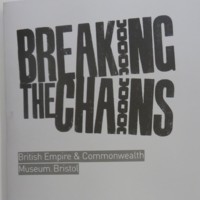
Breaking the Chains
Breaking the Chains opened at the British Empire and Commonwealth Museum to coincide with the bicentenary, and told the story of the British transatlantic slave trade and its abolition. Developed in partnership with Bristol City Council's Museums, Galleries and Archives' Service, the exhibition used…
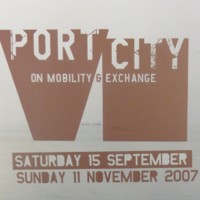
Port City: On Exchange and Mobility
Port City was a large-scale exhibition featuring over 40 international artists and addressing issues of migration, trade and contemporary slavery. Set in the arts centre and gallery Arnolfini, it was accompanied by a programme of art, music, film, literature and educational activities. Coinciding…
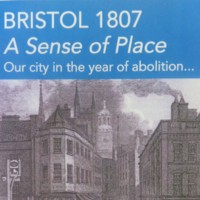
Bristol 1807: A Sense of Place
As part of the Abolition 200 programme, the Bristol 1807 project set out to explore the lives of ordinary Bristolians in 1807. An exhibition in the Central Library, and a series of touring exhibitions in Bristol's libraries and community centres explored society, culture, trade and travel in 19th…
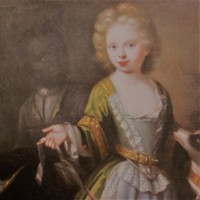
Revealed: Luxury Goods and the Slave Trade
Remembering Slavery 2007 was a regional initiative involving museums, galleries and other cultural organisations across the North East of England in a programme of exhibitions, events, performances, lectures and activities to explore the themes of slavery and abolition.
As part of the…
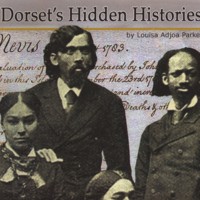
Dorset's Hidden Histories
DEED (Development Education in Dorset) works within the community to develop understanding of global education and cultural diversity. The charity produced and made available to hire the Dorset's Hidden Histories touring exhibition, which explored 400 years of the stories of people with African and…
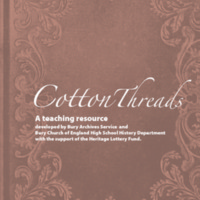
Cotton Threads
Bury Archives and Museum collaborated on an exhibition based on the journals, letters and other papers of John Hutchinson. The Hutchinson family's cotton spinning business had links to slavery in the United States: in 1848, John Hutchinson travelled to America to buy cotton produced by slaves. The…
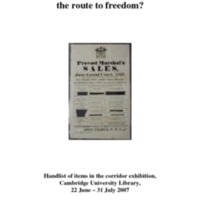
Slavery, shackles and sugar: the route to freedom?
Cambridge University Library held a small exhibition in 2007 showcasing its collections of rare books and manuscripts relating to slavery and abolition. These include records of the Greg family, who owned a sugar plantation in Dominica, and documents relating to slave compensation for the West India…
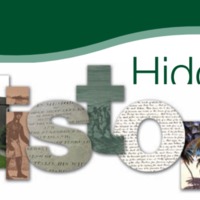
Hidden History of the Dales
This project was a collaboration between the Dales Countryside Museum in Hawes and North Yorkshire Record Office to research people and places of the Yorkshire Dales connected with Africa, the Caribbean and India. 'Hidden History' collected local stories of slave owners and traders, abolitionists,…
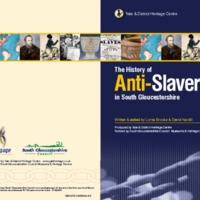
Impact: A history of anti-slavery in South Gloucestershire
This exhibition and booklet were produced as part of South Gloucestershire's Engage 2007 project, in partnership with Yate and District Heritage Centre. Both the exhibition and booklet explored local connections with the history of slavery and anti-slavery in South Gloucestershire. Links identified…
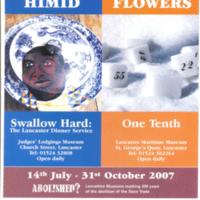
Abolished? Lancashire Museums marking 200 years of the abolition of the Slave Trade
Lancaster was the UK's fourth largest slaving port at the height of the transatlantic slave trade in the 18th century. Lancashire Museums worked with a range of partners to raise awareness of this largely hidden history - first from 2002 through STAMP (the Slave Trade Arts Memorial Project), and in…
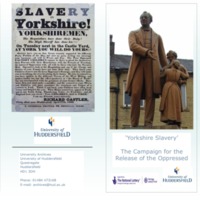
Yorkshire Slavery
Leeds-born businessman Richard Oastler was a leading figure in the 19th century campaign to end child slavery in the factories and mills of Yorkshire. The University of Huddersfield Archives, West Yorkshire Archives, Huddersfield Local History Library and Kirklees Museums and Galleries hold…
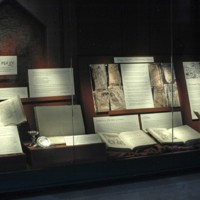
Distorted Image
Inspired by the bicentenary, the Distorted Image exhibition at Hereford Cathedral explored how distorted perceptions throughout history have resulted in prejudice, discrimination and enslavement. Incomplete or misleading images of human beings, who are black or female or in some way considered…
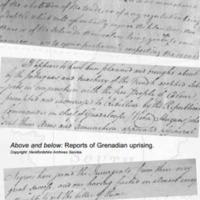
Unfair Trade
A touring exhibition from Herefordshire Museums, which explored Herefordshire's hidden history of slavery. Local connections include Moccas Court near Hereford, the country house once home to the Cornewall family, owners of a sugar plantation on Grenada at the time of the Grenadian uprising of 1795.…
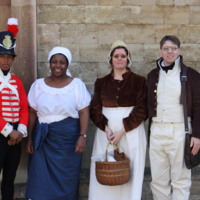
Beyond the Bicentennial
In collaboration with the Peterborough branch of the African Caribbean Forum, Peterborough Museum hosted 'Beyond the Bicentennial, 1788-1838: Exploring 50 Years of the Slave Trade'. The exhibition's focus was the fifty years leading up to the end of slavery in the British Empire, 1833. It…
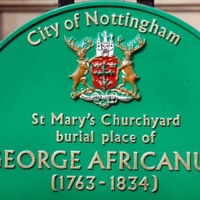
Rededication service for George Africanus
George John Scipio Africanus (1763-1834) was Nottingham's first recorded black entrepreneur, starting an employment agency called the 'Africanus Register of Servants'. As a child, Africanus was brought to England from Sierra Leone and given as a present to wealthy Wolverhampton businessman Benjamin…
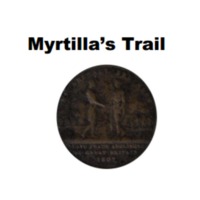
Myrtilla's Trail
Myrtilla’s Trail was developed at Leamington Spa Art Gallery & Museum in partnership with poet Brenda Tai Layton, using objects, images and texts to explore local links with the slave trade. Myrtilla, 'Negro slave to Mr Tho. Beauchamp', is buried in the village of Oxhill in Warwickshire. Apart…
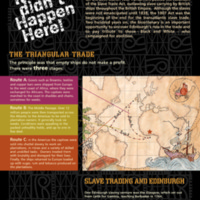
It Didn't Happen Here! Edinburgh's Links in the Trans-Atlantic Slave Trade
This exhibition at the Museum of Edinburgh explored the city's links to the slave trade and, in particular, trading connections with the Americas. Imports to the Port of Leith from North America and the West Indies included tobacco, rum, sugar, cotton, rice and indigo. The exhibition looked at Scots…
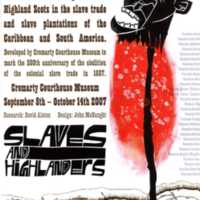
Slaves and Highlanders
An exhibition developed by Cromarty Courthouse Museum in the Scottish Highlands recording the role of Highland Scots in the slave trade and slave plantations of the Caribbean and South America and, in particular, British Guiana. The striking illustrations were by John McNaught. The exhibition told…